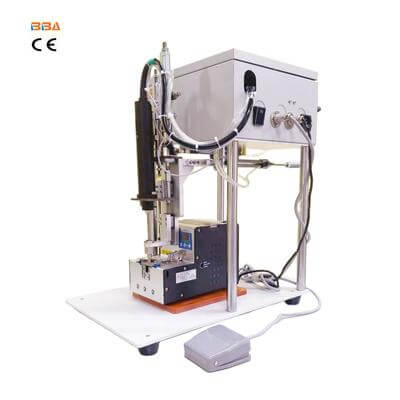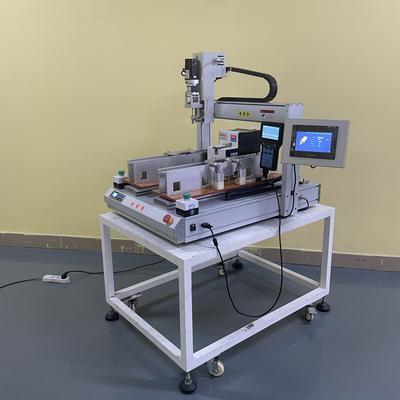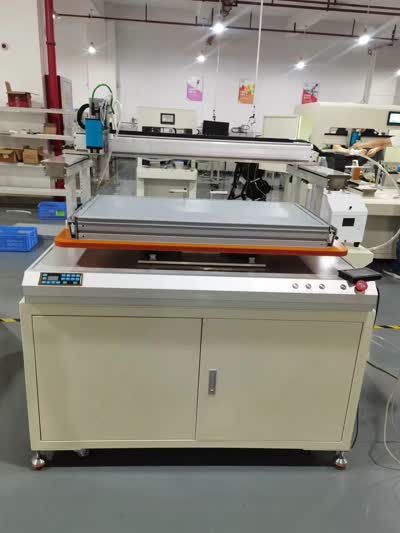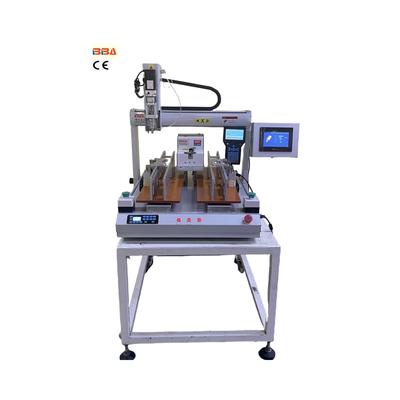Robotic Screw Feeding Systems: Revolutionizing Automation and Future of Work
| Product Name | Applicable industries |
| Inline Screw Locking System | Automotive Electronics Assembly |
Robotic Screw Feeding Systems and the Future of Work
The relentless march of industrial automation continues to reshape manufacturing landscapes, with robotic screw feeding systems emerging as pivotal catalysts in this transformation. These sophisticated solutions represent far more than mechanical replacements for manual screw driving; they signal a fundamental evolution in production methodologies and workforce dynamics that will define the future of industrial work.
Precision Engineering Meets Assembly Demands
Modern robotic screw feeding systems integrate cutting-edge hopper technology, automated part orientation, and precision driving mechanisms to achieve unparalleled accuracy. Essential components include adaptive vibratory bowls that delicately position screws, intelligent sensors verifying proper alignment, and torque-controlled robotic drivers performing consistent installations. This intricate orchestration occurs at speeds unattainable through manual labor, with operations synchronized to optimize cycle times while maintaining rigorous quality standards. The technology's ability to handle microscopic fasteners used in electronics or robust screws required in automotive assembly demonstrates remarkable versatility.
Immediate Operational Advantages
Organizations implementing these solutions report measurable improvements across key metrics. Productivity frequently increases by 35-50% as automated systems work tirelessly without fatigue. Precision torque control drastically reduces component damage, cut thread incidents, and expensive rework, while consistent installation force virtually eliminates loose connections that cause field failures. Additionally, automated error logging creates unparalleled traceability, enabling manufacturers to identify process weaknesses. Perhaps most significantly, these systems alleviate workers from potentially harmful repetitive tasks, reducing musculoskeletal injuries associated with manual screw driving.
Redefining Human Roles in Manufacturing
Rather than eliminating jobs, robotic screw feeding systems are reshaping workforce value creation. As automation handles repetitive mechanical tasks, frontline workers transition to roles requiring critical thinking and technical proficiency. Maintenance technicians develop skills in robotics programming and predictive analytics to optimize system performance. Quality analysts leverage AI-generated assembly data for continuous improvement initiatives. Production supervisors focus on workflow optimization instead of micromanaging manual labor cycles. This evolution necessitates strategic upskilling programs as organizations recalibrate their human capital investment. Responsibilities increasingly center on oversight, exception management, and process innovation – moving human workers higher along the value chain.
Strategic Implementation for Competitive Advantage
Successful integration hinges on meticulous planning. Technical considerations include analyzing screw characteristics, determining required cycle times, designing consistent part presentation systems, and understanding environmental factors like static electricity management. Effective programming demands custom torque profiles and positioning sequences tailored to each product variant. More crucially, organizational change management facilitates workflow redesign that maximizes human-robot collaboration. Leading manufacturers create hybrid teams where robotic systems handle routine assembly while human colleagues address complex sub-assemblies, troubleshooting, and quality validation. This approach balances speed and flexibility while preserving institutional knowledge.
The Forward Outlook
Advancements in AI and machine learning are accelerating this evolution. Next-generation systems feature enhanced computer vision for instantaneous screw verification, adaptive learning algorithms that self-adjust to environmental variations, and tighter integration with factory-wide MES platforms for seamless production orchestration. As collaborative robotics advance, we will see lightweight mobile screw feeding units operating safely alongside human technicians on assembly cells.
The transformation brought about by robotic screw feeding extends beyond mere efficiency gains. It represents a paradigm shift in manufacturing excellence – where human ingenuity merges with mechanical precision to elevate product quality, protect worker wellbeing, and enhance strategic competitiveness. Organizations embracing this synergy position themselves to thrive in the evolving industrial landscape, leveraging technology to empower their workforce while achieving unprecedented operational excellence.



